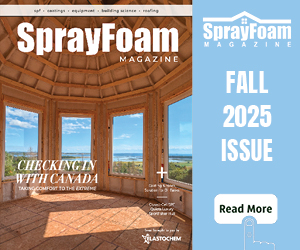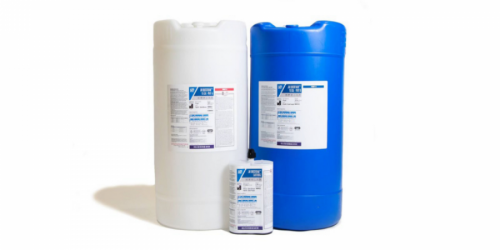Q&A Forums
Re: Foam Insul. new resi. construction Post New Topic | Post Reply
| Author | Comments |
|---|---|
|
Tinu Patel
Posted: Jul 02, 2008 08:30 AM
|
Re: Foam Insul. new resi. construction
HiI am home owner will be my own “GC” and would like to know the whole nine yards for foam insulation for new residential construction in New Jersey. How long it will last, does it loose it’s “R” value, what type of foam will be best if more then one are available. I am thinking about 2 1/5 inc. thick foam + reg. Fiberglass, or should I just go for thicker then 2 1/5 inch. Thanks a lot in advance |
|
mason
Posted: Jul 02, 2008 10:14 AM
|
I suggest you do a lot of reading before making any decisions. Go to my website, masonknowles.com and check out my articles, particularly "Learning the Difference between 1/2 lb and 2 lb density SPF" Next go to SPFA's website. sprayfoam.org and download their technical guidelines on SPF for the Building Envelope AY 112 and AY 118 Moisture Vapor Transmission. Also check out their sprayfoam '08 conference presentations on R values of SPF. Nothing beats doing your own research to sift through the various claims being made out there. To answer a couple of your questions: closed cell SPF will have an aged R value of around 6 per inch. open cell foam around 3.5 per inch. There are 3 considerations to choosing the appropriated thickness and insulation combinations 1. Thickness required to stop condensation. Closed cell SPF at 2-3 inches in your area will prevent condensation in most houses and commercial buildings (assuming interior humidities less than 60%) 2. Thickness required for most cost effective energy efficiency. This will vary depending on your climate, HVAC efficiency, etc. But typically around 2.5 inches in the walls and 3.5 -4 inches in the attic or cathedral ceiling of closed cell foam will be the most cost efficient Use double the open cell foam to obtain similar energy efficiency 3. Thickness required to comply with building codes. This typically higher than the other two. New Jersey requires R 38 in the attic and R 19 in the walls. You may provide the code official with documentation (research) that demonstrates SPF applications are more energy efficient at R values less than the prescribed codes, but they don't have to accept the data. Research conducted at Oak Ridge National Labs and at Archtectural Testing Inc. sponsored by SPFA has demonstrated 15 to 45% greater efficiency thatn fiberglass insulated assemblies under various temperaturess and conditions. (info available from SPFA, referenced in my articles) Hope this helps |





























